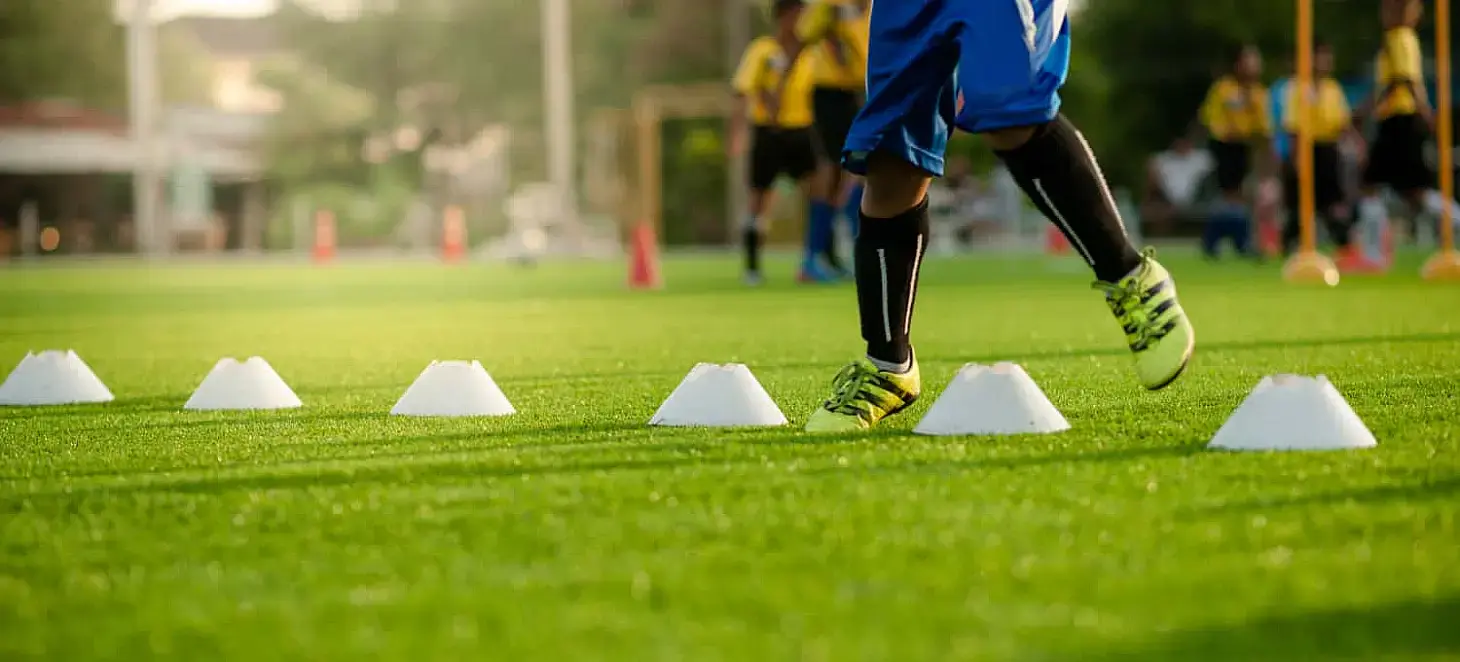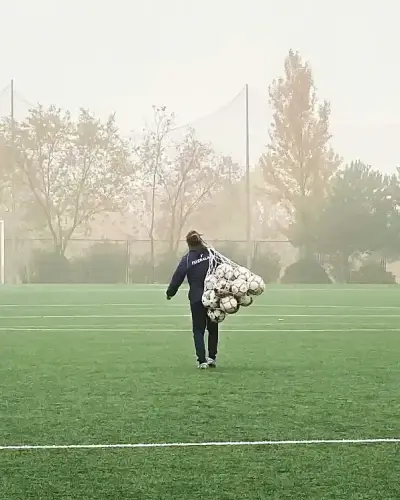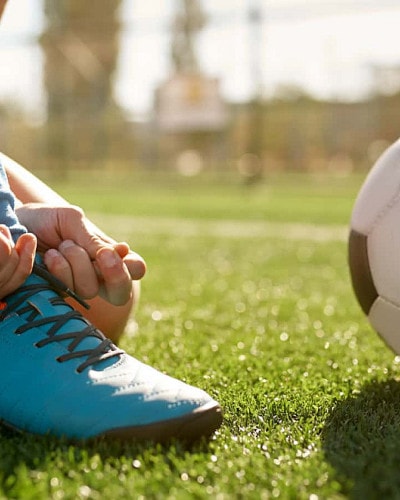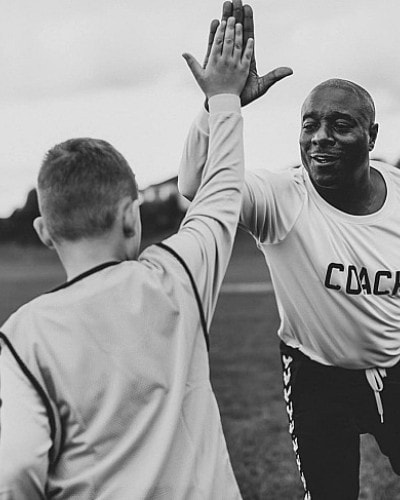⚽ Developing a Consistent Training Philosophy in a Football Club
Many clubs do great work in youth development, while others are accused of "poaching" young talents from surrounding teams. But why do some clubs excel in developing players while others struggle to implement a coherent training philosophy?
The key factor is the quality of coaching. Even clubs without a structured development plan can occasionally produce top talents, but this often happens by chance—either because of a particularly skilled coach who stays with a team for a long time or because of the individual drive of a player. However, many clubs lose these top players to bigger teams, which isn’t necessarily a bad thing. Let’s explore why.
🔍 The "Top-Down" Approach to Training Philosophy
The most common way to establish a coherent training philosophy is a top-down approach:
✅ Define the club’s ideal player—What kind of skills and abilities should a player have when they reach the senior level?
✅ Break down development goals—From senior football down to youth levels, ensuring that each age group focuses on progressive skill-building.
✅ Ensure realistic expectations—Not every youth player will reach professional football, so the philosophy should apply to all players, not just the best.
A key principle is that the best youth players will likely leave for a bigger club at some point. And that’s a good thing! If a player moves one or two divisions higher, it proves the club’s training quality. However, the other players—the ones who stay—must still receive strong training so they can contribute to the club’s senior teams. A club that only focuses on its top talents will be left with a poorly developed player base once those players move on.
⚙️ How to Develop a Training Philosophy Step by Step
🔹 Step 1: Define the playing style of the first team
The club board and sporting director must decide what style of play the senior team should have. This provides the foundation for player development at all levels.
🔹 Step 2: Create positional profiles
For example, if the club wants its players to be two-footed, training should start at the youngest age groups. This applies to basic skills like passing and first touch, but also to cognitive and coordination training.
🔹 Step 3: Hire coaches who align with this philosophy
Coaches must buy into the club’s long-term vision. Training shouldn’t change drastically when a coach leaves.
🔹 Step 4: Organize coaching workshops
Host meetings with youth coaches to discuss and refine the philosophy. Ensure consistent coaching principles across all age groups.
🔹 Step 5: Introduce age-specific development goals
Youth players should gradually learn positional roles, but specialized training shouldn’t start before U12/U13—except for goalkeepers, who might start earlier.
🔹 Step 6: Implement performance testing
📊 Regular assessments help track technical progress, but testing should not be the only evaluation method. Examples:
- ⚡ Dribbling circuits (e.g., DFB dribbling course)
- 🎯 Two-footed passing accuracy (hitting mini-goals from different distances)
- 🧠 Cognitive reaction tests
✅ Checklist for Your Club’s Training Philosophy
✔️ Define the desired player profile for the senior level (but keep it realistic!)
✔️ Break down training objectives for each age group
✔️ Optionally, create monthly training themes for better structure
✔️ Use performance tests to measure training progress (dribbling, passing, cognitive drills, etc.)
✔️ Stick to the training philosophy regardless of match results—development comes first, especially in youth football
🎯 Final Thoughts
A club’s training philosophy must be independent of short-term success. Developing high-quality players takes years, and results won’t be immediate. But in the long run, a structured approach ensures that both top talents and average players improve, providing long-term success for the entire club.
By following a clear, structured training model, clubs can create an identity, develop strong youth players, and build a sustainable pathway to senior football. 🚀






